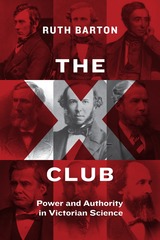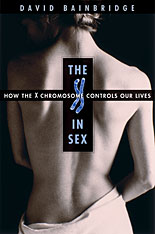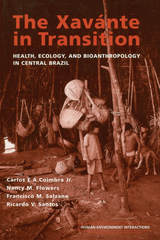4 start with X start with X

These six ambitious professionals and three wealthy amateurs—J. D. Hooker, T. H. Huxley, John Tyndall, John Lubbock, William Spottiswoode, Edward Frankland, George Busk, T. A. Hirst, and Herbert Spencer—wanted to guide the development of science and public opinion on issues where science impinged on daily life, religious belief, and politics. They formed a private dining club, which they named the X Club, to discuss and further their plans. As Ruth Barton shows, they had a clear objective: they wanted to promote “scientific habits of mind,” which they sought to do through lectures, journalism, and science education. They devoted enormous effort to the expansion of science education, with real, but mixed, success.
For twenty years, the X Club was the most powerful network in Victorian science—the men succeeded each other in the presidency of the Royal Society for a dozen years. Barton’s group biography traces the roots of their success and the lasting effects of their championing of science against those who attempted to limit or control it, along the way shedding light on the social organization of science, the interactions of science and the state, and the places of science and scientific men in elite culture in the Victorian era.


". . . an integrated and politically informed anthropology for the new millennium. They show how the local and the regional meet on the ground and under the skin."
--Alan H. Goodman, Professor of Biological Anthropology, Hampshire College
--Daniel Gross, Lead Anthropologist, The World Bank
--Laura R. Graham, Professor of Anthropology, University of Iowa

Beyond the range of optical perception--and of ordinary imaginings--a new and violent universe lay undetected until the advent of space exploration. Supernovae, black holes, quasars and pulsars--these were the secrets of the highenergy world revealed when, for the first time, astronomers attached their instruments to rockets and lofted them beyond the earth's x-ray-absorbing atmosphere.
The X-Ray Universe is the story of these explorations and the fantastic new science they brought into being. It is a first-hand account: Riccardo Giacconi is one of the principal pioneers of the field, and Wallace Tucker is a theorist who worked closely with him at many critical periods.
The book carries the reader from the early days of the Naval Research Laboratory through the era of V-2 rocketry, Sputnik, and the birth of NASA, to the launching of the Einstein X-Ray Observatory. But this is by no means just a history. Behind the suspenseful, sometimes humorous details of human personality grappling with high technology lies a sophisticated exposition of current cosmology and astrophysics, from the rise and fall of the steady-state theory to the search for the missing mass of the universe.
READERS
Browse our collection.
PUBLISHERS
See BiblioVault's publisher services.
STUDENT SERVICES
Files for college accessibility offices.
UChicago Accessibility Resources
home | accessibility | search | about | contact us
BiblioVault ® 2001 - 2024
The University of Chicago Press









